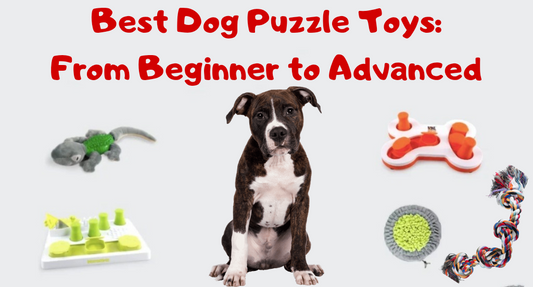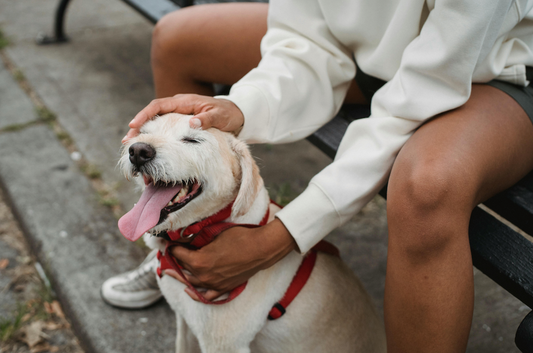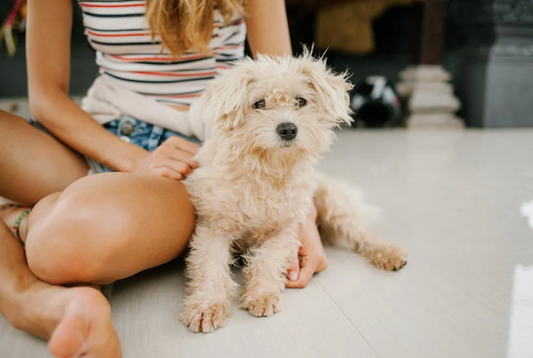Navigating Canine Social Challenges: When Your Dog Dislikes Other Dogs
Discovering that your dog reacts negatively to other dogs can be disheartening, especially for pet owners who envision a social, friendly companion for walks in the park or doggy playdates. However, with patience, understanding, and the right approach, you can help your dog overcome or manage their discomfort around other canines. This blog explores strategies to navigate and improve your dog's social challenges effectively.
Understand the Root Cause
Begin by identifying why your dog may dislike other dogs. Common reasons include lack of socialization, past negative experiences, fear, territorial behavior, or even the lack of opportunity to interact with other dogs during their critical socialization period. Understanding the underlying cause is the first step toward addressing the issue.
Consult a Professional
Seeking advice from a veterinarian or a professional dog trainer, especially one certified in behavior modification, can provide insight into your dog's behavior and recommend specific strategies tailored to your dog’s needs. They can help distinguish between aggression, fear, and playfulness, ensuring that you're addressing the right issue.
Gradual Exposure
Gradually exposing your dog to other dogs in controlled environments can help them become more comfortable. Start with distant observations where your dog can see other dogs but not interact directly, such as behind a fence or across the street. Reward calm behavior and slowly decrease the distance over time as your dog shows signs of comfort.
Positive Reinforcement
Use treats, praise, and toys to associate positive experiences with the presence of other dogs. When your dog behaves calmly or shows interest without aggression or fear near other dogs, reinforce these behaviors with their favorite rewards.
Choose Appropriate Playmates
If your dog is only mildly uncomfortable around other dogs, consider finding a compatible playmate. Look for dogs with a similar size, energy level, and temperament. Initial interactions should be short, supervised, and in a neutral area to prevent territorial disputes.
Obedience Training
Strengthening your dog's obedience skills can provide them with the confidence and structure needed to interact more positively with other dogs. Commands like "leave it," "sit," or "stay" can be incredibly helpful in managing your dog's behavior during encounters with other dogs.
Create Safe Spaces
Ensure your dog has a safe, quiet space to retreat to if they feel overwhelmed or anxious. This can be especially important in multi-dog households or when introducing a new dog into your home.
Know When to Walk Away
Recognize signs of stress or aggression in your dog and know when to remove them from a situation. Forcing interactions can lead to negative experiences, reinforcing their dislike for other dogs.
Conclusion
While not all dogs will become social butterflies, with patience and consistent training, most can learn to at least tolerate the presence of other dogs. The key is to understand your dog's limits, work within their comfort zone, and gradually build positive experiences. Remember, every dog is unique, and what works for one may not work for another. Celebrate small victories and enjoy the journey of strengthening your bond and understanding with your furry friend.







